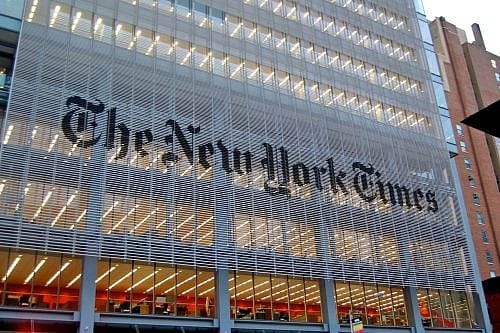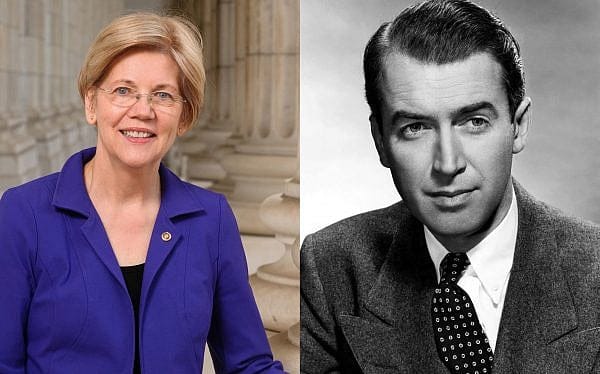NYT Stock Outperforms Amazon, Facebook, Apple Amid ‘Trump Bump’

The Trump era sure has been good for shareholders in what the president likes to call the "failing New York Times."
New York Times Company stock soared 141% between Election Day 2016 and late June 2018. You'd have made more money if you'd bought New York Times stock on Election Day than if you had invested in a fund that tracks the Standard and Poor's 500 Index (up about 29% since Election Day). You even would have made more money with New York Times Company stock than you would have if you had invested in high-tech stocks such as Facebook (up 62%), Amazon (up 118%), Apple (up 71%), or Google parent company Alphabet (up 46%).

